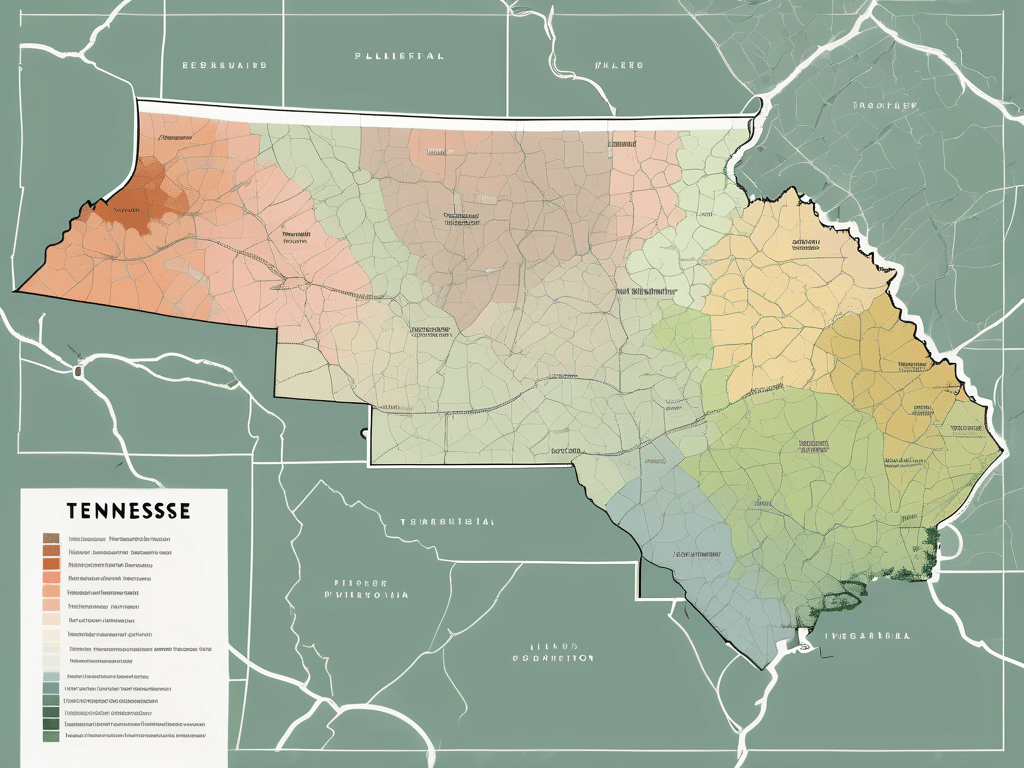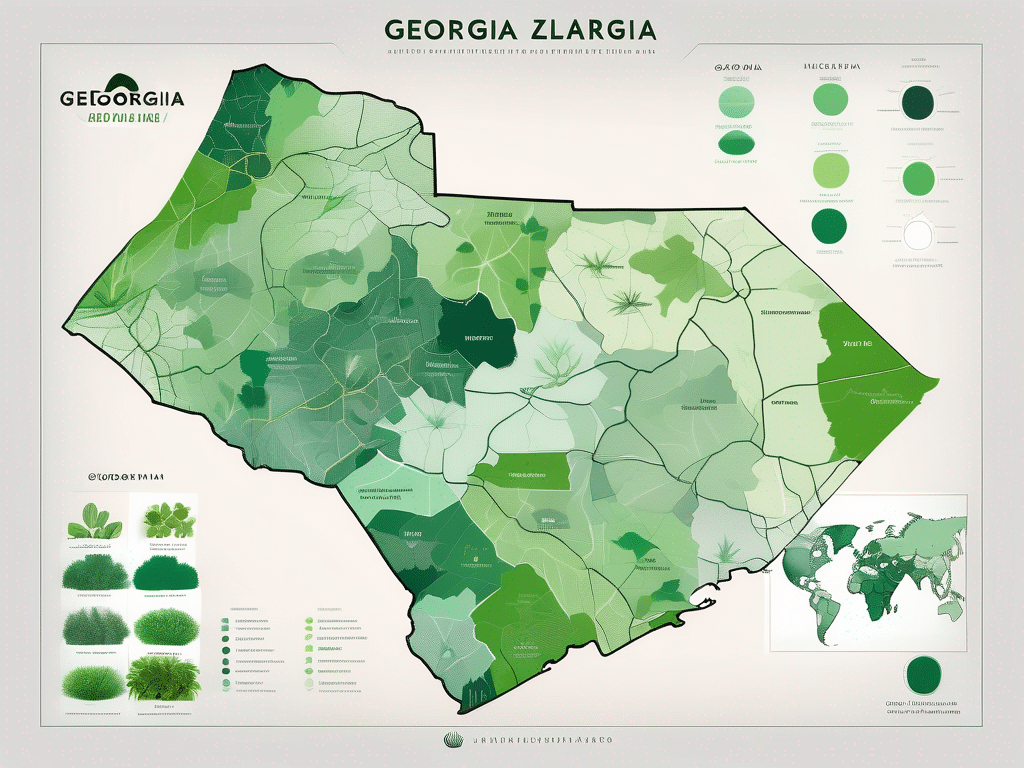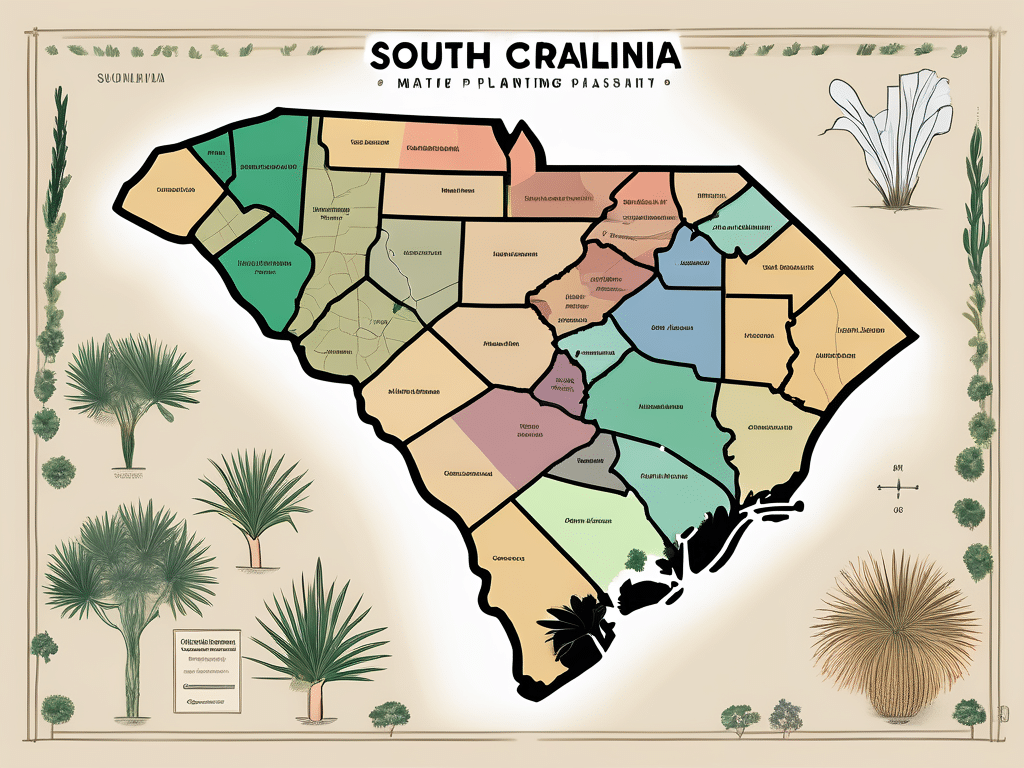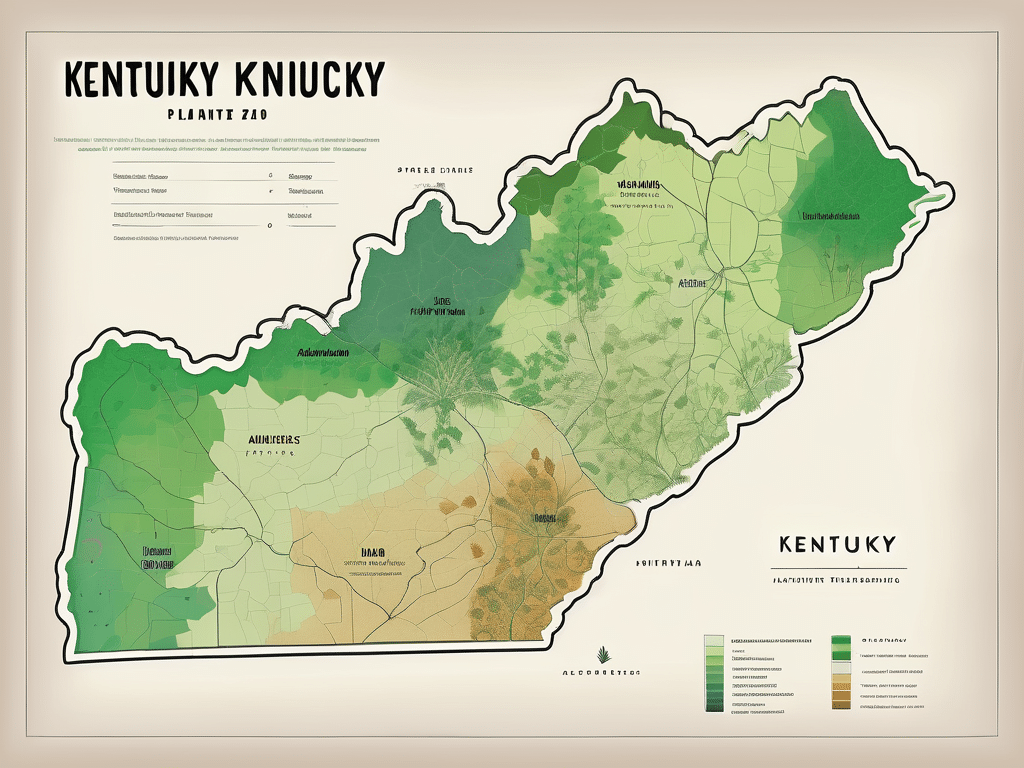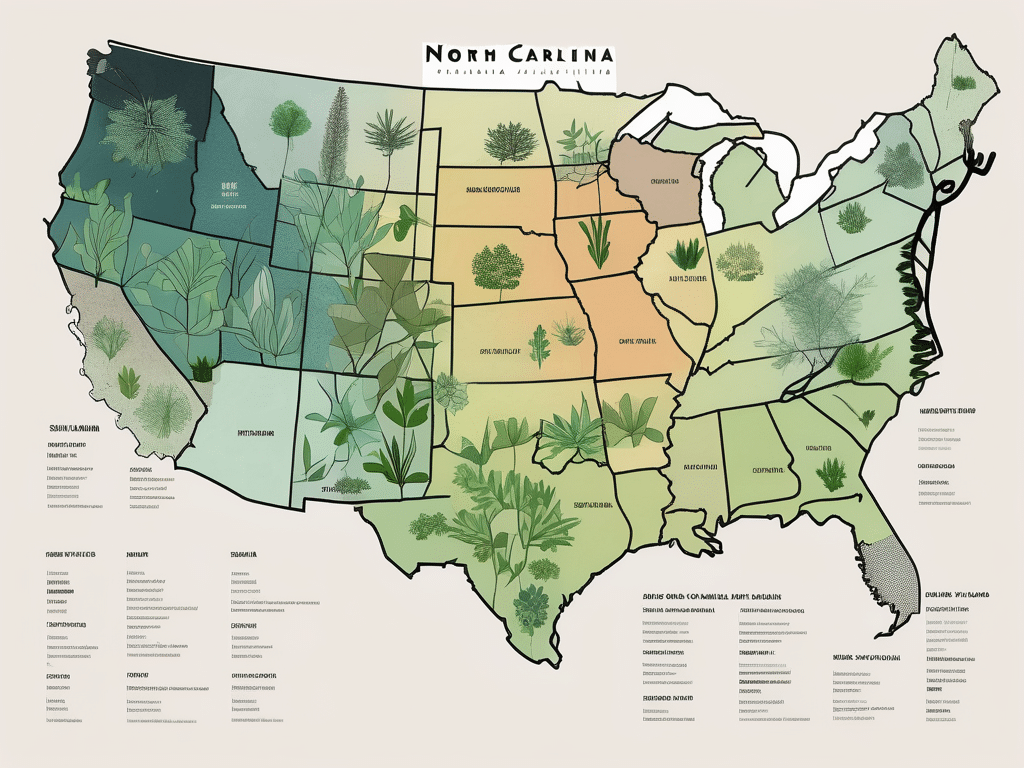Virginia, a state known for its diverse climate and rich soil, is a haven for gardeners and farmers alike. But to truly thrive in this environment, it’s essential to understand the concept of planting zones. In this guide, we will delve into what planting zones are, why they are important, and most importantly, what planting zone Virginia falls into.
What are Planting Zones?
Planting zones, also known as hardiness zones, are geographical areas defined by climatic conditions. They help gardeners determine which plants are most likely to thrive in a given location. The United States Department of Agriculture (USDA) has divided North America into 13 distinct hardiness zones, each representing a 10-degree Fahrenheit difference in the average annual minimum winter temperature.
The USDA Hardiness Zone Map is a valuable agricultural and horticultural reference. Zones are calculated using the average annual extreme minimum temperature during a 30-year period, not the lowest temperature that has ever occurred in the past or might occur in the future. By using this map, gardeners can compare their garden climates with the climate where a plant is known to grow well.
Importance of Understanding Your Planting Zone
Knowing your planting zone can greatly improve your gardening success. It allows you to choose plants that are well-suited to your climate, reducing the risk of loss due to harsh weather conditions. This is especially important for perennial plants, trees, and shrubs that live for more than two years.
Understanding your zone also helps in planning your garden activities. It gives you an idea of when to plant different types of crops, when to expect your first and last frosts, and what kind of pests and diseases you might encounter. In essence, it equips you with the knowledge to create a more productive and sustainable garden.
What Planting Zone is Virginia?
Virginia spans several hardiness zones, ranging from 5b to 8a. This means that the average annual extreme minimum temperature can vary from -15 degrees Fahrenheit to 15 degrees Fahrenheit, depending on where you are in the state.
The mountainous regions of western Virginia fall into zones 5b to 6a, where the climate is cooler. The central regions, including Richmond, are in zones 7a to 7b. The coastal areas, including Norfolk, are in the warmer zones of 7b to 8a. This diversity in hardiness zones allows a wide variety of plants to be grown throughout the state.
Zone 5b
Zone 5b, with temperatures ranging from -15 to -10 degrees Fahrenheit, is found in the westernmost part of Virginia. Hardy fruit trees like apple and cherry, as well as shrubs like juniper and yew, are well-suited to this zone.
Zone 6a
Zone 6a, with temperatures ranging from -10 to -5 degrees Fahrenheit, covers a larger area in western Virginia. Plants such as the sugar maple and the American holly thrive in this zone.
Zone 7a and 7b
Zones 7a and 7b, with temperatures ranging from 0 to 10 degrees Fahrenheit, cover the central regions of Virginia. A wide variety of plants, including crape myrtles, azaleas, and southern magnolias, are commonly grown in these zones.
Zone 8a
Zone 8a, with temperatures ranging from 10 to 15 degrees Fahrenheit, is found in the coastal regions of Virginia. This zone supports a diverse range of plants, including camellias, gardenias, and even some types of citrus.
Adapting to Your Planting Zone
While understanding your planting zone is crucial, it’s also important to remember that these zones are guidelines, not rules. Microclimates, soil fertility, and precipitation can also significantly impact what you can grow successfully.
Adapting to your planting zone means choosing the right plants for your zone, but also understanding how to care for them properly. This includes knowing when to water and fertilize, how to protect them from pests and diseases, and when to prune and harvest.
With a bit of knowledge and preparation, you can create a thriving garden in any of Virginia’s diverse planting zones. Happy gardening!

